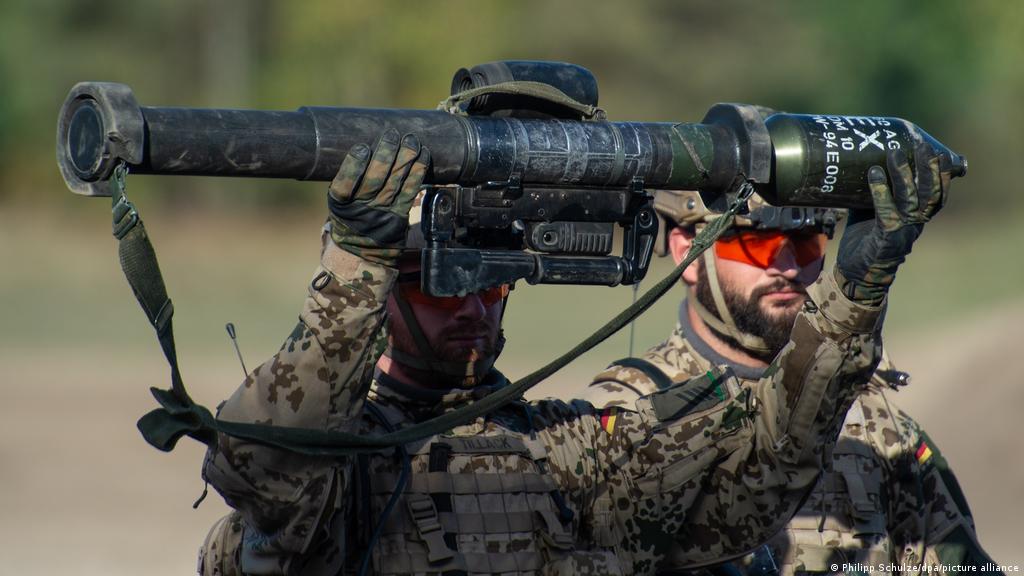
Unfortunately, owing to detrimental fishing methods, the fish population has been dwindling in the country’s lakes and rivers. Facts on the ground continue to point to the fact that Zimbabweans are either generally ignorant or are not interested in conserving the environment.
I’m strongly for the idea that fish and other aquatic life forms suitable for human consumption found in our lakes and rivers be utilised to provide food and a source of income for people, most of whom are impoverished.
However, to ensure sustainability, this should be done within the confines of the law and the governing environmental policies. Like all other aquatic life forms, fisheries in Zimbabwe are under the control and management of the Zimbabwe Parks and Wildlife Management Authority, under the Parks and Wildlife Act (Chapter 20:14). It specifies that fishing in Zimbabwe is allowed only in some specified waters and only after the issuance of a permit.
But because most people are evidently primarily concerned with maximum self-enrichment without a care for the environmental impact, a lot of illegal and unregulated fishing is going on in the whole country with reports by FAO showing that Zimbabwe’s fish population is now way below the Sadc average.
The fact that Zimbabwe is a landlocked country with a limited fishery output does not help the situation. According to Johnny Rodrigues, chairman of the Zimbabwe Conservative Task Force (ZCTF), although also causing a considerable amount of harm, mostly by fishing at the wrong spots, people that fish with fishing rods do not pose as much of a threat to the fish population as those who illegally net fish on a commercial basis.
He added that net fishing was not illegal as long as one had a licence and adhered to the stipulated days allowed for netting and net at the authorised areas.
“There is also a law regarding the type of net you should use. The holes in the nets should be big enough to allow the smaller fish to escape,” Rodrigues said.
- Chamisa under fire over US$120K donation
- Mavhunga puts DeMbare into Chibuku quarterfinals
- Pension funds bet on Cabora Bassa oilfields
- Councils defy govt fire tender directive
Keep Reading
Unfortunately, fishermen, especially those that are fishing illegally, are either ignorant or wouldn’t be bothered to comply with such measures and resort to the most regrettable fishing methods that do despicable damage to the fish population.
A good case to point would be in Kariba where the law enforcers are having a torrid time with kapenta rigs insisting on fishing in restricted breeding areas, where the fish go to lay their eggs.
“The fish swim down to the rivers to hatch their eggs and if they are left alone, the eggs hatch and the newly born fish would swim into the main lake where they would grow, ensuring the stability of the fish population. When these illegal fishermen go down the rivers and catch fish which are full of roe, they are actually destroying tens of thousands because those eggs would never get the chance to hatch,” lamented the ZCTF chairman.
Most of the fishermen, desperate for an easy catch, leave the main lake preferring to fish in the rivers, all the while oblivious, or simply uncaring for the extent of the damage they are causing.
Although the law enforcement agencies have been on high alert, fish poaching remains rampant, meaning more has to be done if the country is to conserve its fish population.
This calls for a relook at existing policies with a view of tightening them.











